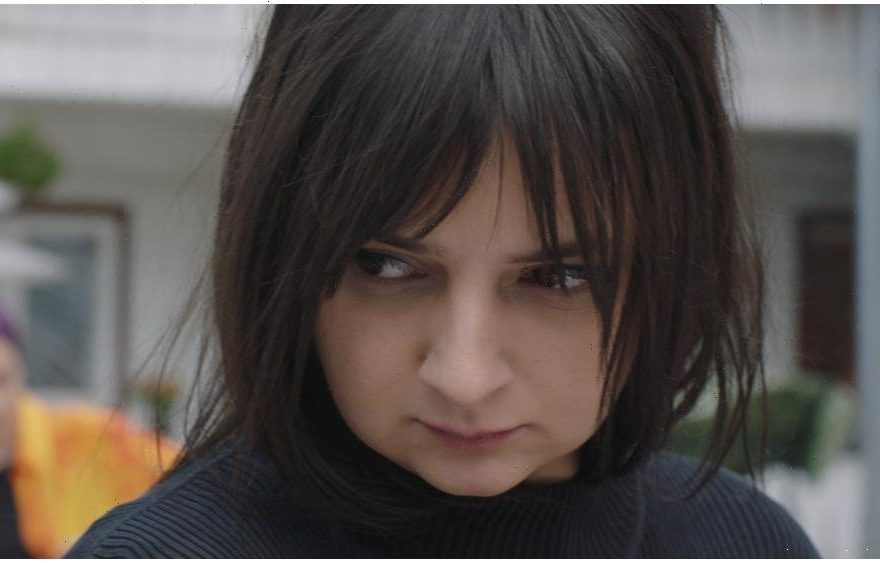In “Blue Moon,” young Irina dreams of University in Bucharest while her chaotic, rural family serves to undermine her future. Alina Grigore’s directorial debut premiers in competition at the San Sebastian Film Festival, and follows Irina’s psychological take on ‘blood for blood.’
Grigore – who wrote and starred in Berlinale prize-winning film “Illegitimate” – moves behind the camera for “Blue Moon,” and uses her knowledge of focus and mise-en-scène to build bubbling tension from emotional violence. The film is also written by Grigore, who was inspired by her own community.
“Blue Moon” is produced by Gabriela Suciu and Robi Urs through InLight Center, and co-produced by Atelier de Film, Forest Film, Smart Sound Studios, Unfortunate Thespians and Avanpost. It was acquired by Patra Spanou Film for international sales.
Variety spoke with Grigore ahead of the film’s San Sebastian premiere.
What inspired you to tell a story regarding the dark side of family dysfunction?
The community I grew up in. When I started to sketch the idea I mostly vented the frustrations I gathered as a child concerning the education path of my friends. I was intrigued by the way a family contributes to this type of manipulation especially on young women and the psychological effects it can have on their minds. It’s an interesting wormhole drowned in love and fear where the victim is unable to discern sane from insane. I was lucky enough to be just an observer in my childhood but I did explore those emotions with them.
Irina doesn’t speak a lot in the film, revealing much of her character through her actions. What made you decide to approach her character in this way?
I asked myself who is seeing the story? And I decided the public should not just observe a plot. I was curious to experiment: what if instead of “seeing” the public becomes the victim, or better yet what if the the viewer experiences Irina’s emotions regardless of the storyline? So, together with the lead cast and the DOP we researched methods to do that, and naturally, her actions became stronger emotion generators than her words. Ioana Chițu is a very powerful actress so we had to pay attention to the balance between the rhythm of the scene and her energy.
How does culture play into the telling of Irina’s story?
I’ll answer in relation to my struggles as a female director. I think we have a culture of telling stories from an observational and cold perspective that claims to be more intriguing as if emotions are too easy to digest and so they should be reduced. There are almost invisible corrections made in the way a female director delivers her piece of creation. I was told many times that the film’s plot is treated too emotionally or that the emotions are too feminine. I tried to fight against the “story ”and to follow the journey of the character’s emotions.
Much of the film is ambiguous, allowing the viewer to come to conclusions about dysfunction, family, escape. How does ambiguity help tell this story?
Being more concerned with how Irina changes roles in the triangle: victim-savior-aggressor, the psychological journey of her dehumanizing process gains more importance. That’s why in the first part of the film the camera centers her and “blurs” the exterior world. We used the depth of fields in two different ways to express her as a victim or as an aggressor. When Liviu is centered the exterior world is visible because Liviu is very connected to the community. In the second part of the film, the camera follows Irina’s victim – Liviu, but we keep the same depth of field to represent the victim in his ambiguity.
Source: Read Full Article
